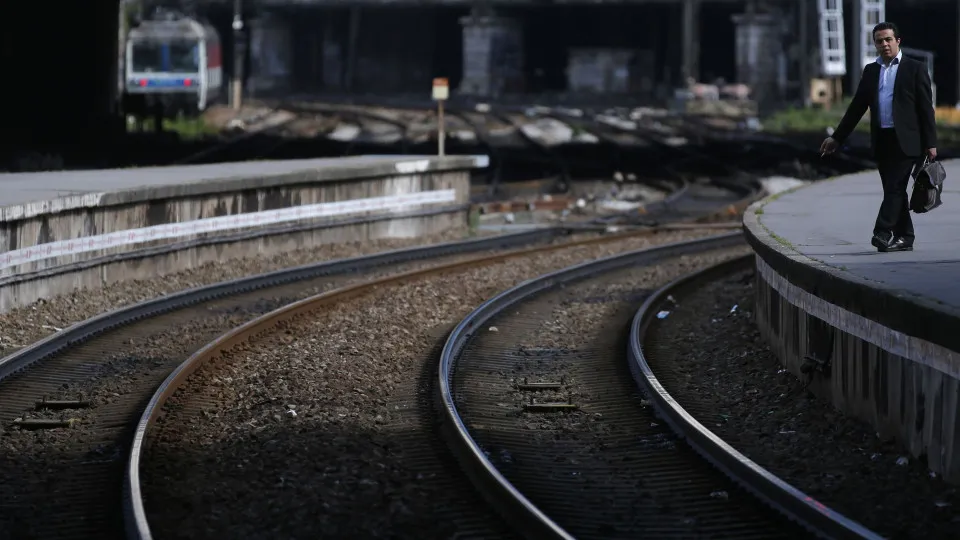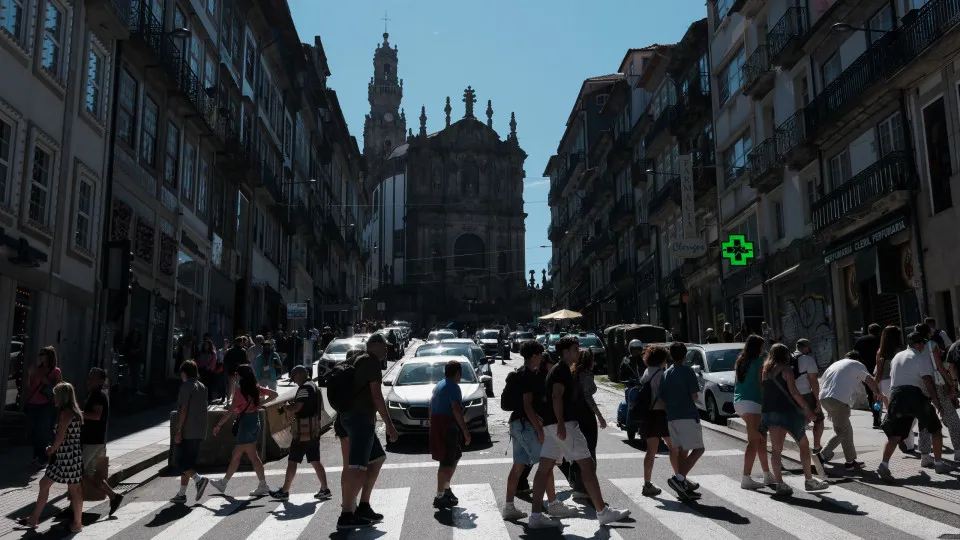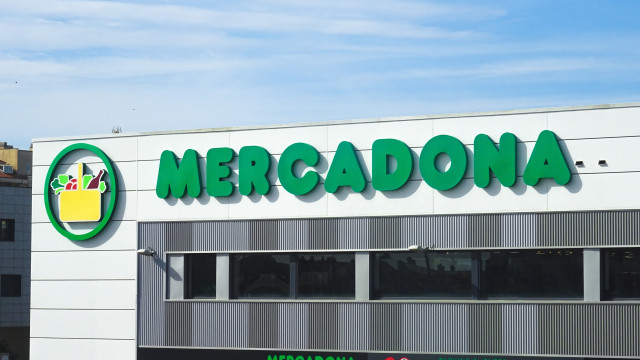The Manifesta, which relocates every two years to a different European city, will merge in 2028 with Anozero, the contemporary art biennial of Coimbra, with Rua da Sofia slated as one of its epicenters. The initiative will extend beyond urban territories, focusing on the impact of wildfires and reforestation using native trees, according to Carlos Antunes, director of the Círculo de Artes Plásticas de Coimbra (CAPC), during the project’s presentation ceremony.
The CAPC director, a co-organizer of Anozero with the Coimbra Municipality and the University of Coimbra, describes Manifesta as “the opposite of a colonial project,” emphasizing that the organization will prioritize the post-2028 period to ensure it is a “turning point” rather than just an event.
Margarida Balseiro Lopes, the Minister of Culture, Youth, and Sports, believes Manifesta could represent “a true transformational process,” by revitalizing the city’s heritage, boosting the regional economy, and elevating Portuguese culture on the international stage.
“By working together, Manifesta will leave not just memories but also a lasting legacy in Coimbra. Together, we will make culture a place of convergence and a push for the future,” stated the minister, reaffirming the government’s commitment to cover 50% of the eight million euros projected for the Manifesta edition in Coimbra.
Manifesta’s director, Hedwig Fijen, described the biennial as more than just an art exhibition; it is a “cultural and urban regeneration” moment. The team will include not just those directly involved in the arts, but also architects, sociologists, and urban planners, among others.
“We wish to explore how neglected spaces like Rua da Sofia can be revitalized. This is our ambition,” she remarked.
Regarding Coimbra, the nomadic biennial’s director noted the city’s “vibrant and energetic” points, suggesting that hosting Manifesta could have a “significant social impact” in the municipality.
José Manuel Silva, the mayor, views Manifesta as “a community transformation platform, through dialogue, sharing, and challenge.” He sees the focus on Rua da Sofia as “the cherry on the cake.”
“Manifesta will compel us to see these spaces differently. This aligns with the municipality’s vision for Rua da Sofia,” he said, hoping the venue will gain the “cultural dimension and life” it deserves.
The mayor envisions the investment in Rua da Sofia, alongside changes in public space and its circulation, transforming the area from “the poor relative” to “the rich relative” of the city’s classified heritage.
Delfim Leão, Vice-Rector of the University of Coimbra, described Rua da Sofia as a “still open wound” in the municipality’s heritage, hoping the biennial will create “new centralities in eccentric spaces and redefine the relationship with the city.”
Besides Coimbra, other municipalities in the Intermunicipal Community of the Coimbra Region are expected to participate in the 2028 edition, having already committed to engaging with the biennial.
Carlos Antunes observed “absolute enthusiasm” from regional municipalities when approached to participate in the project.
The CAPC director mentioned ongoing efforts to secure the remaining 50% of the eight million euros, indicating that if necessary, involved parties are prepared to ensure the investment.




